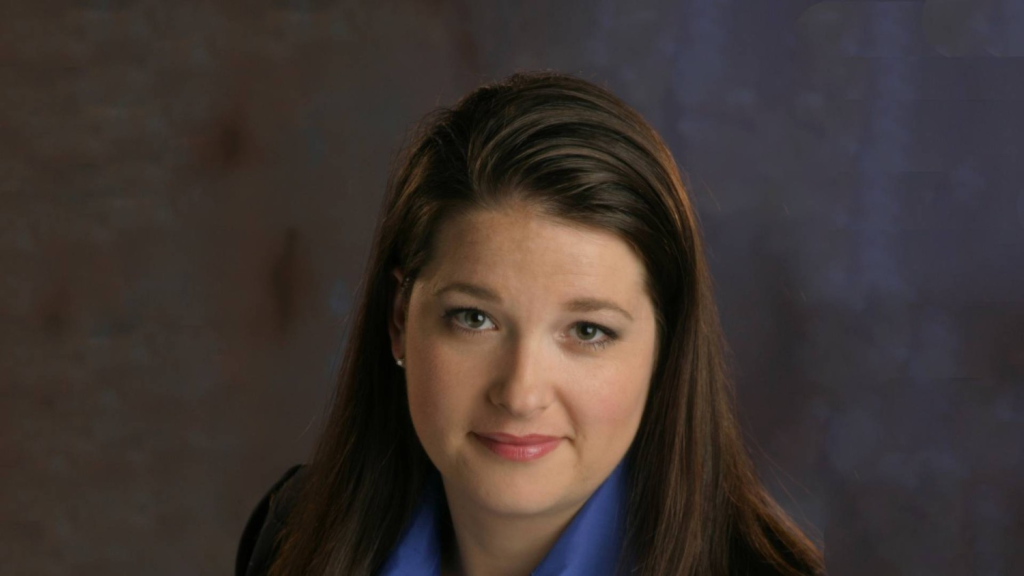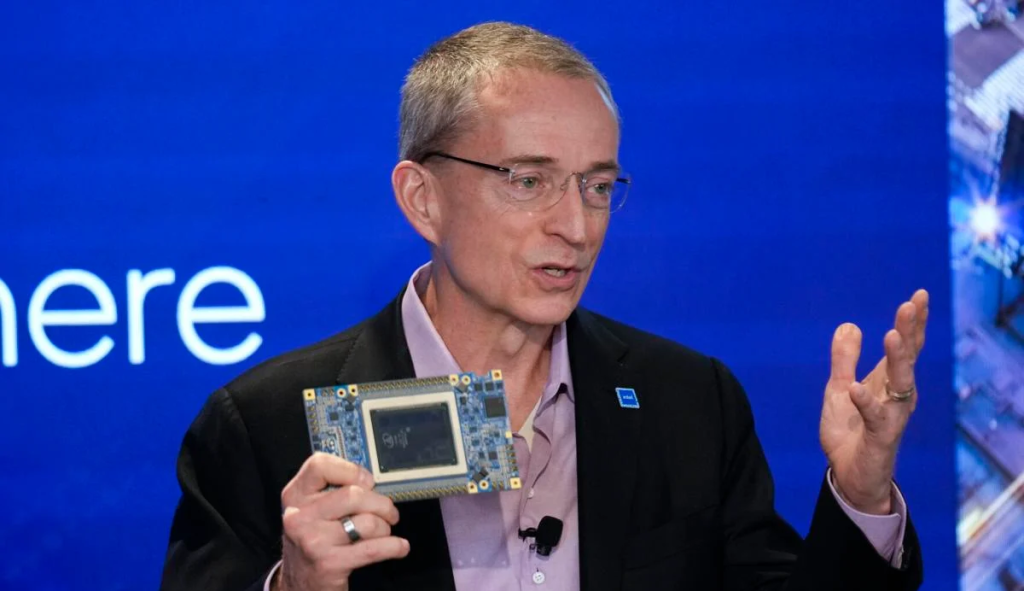The End of an Era for Pat Gelsinger
Pat Gelsinger’s exit marks the end of a tumultuous chapter in his long association with Intel. Having started his career at the company in 1979, Gelsinger spent three decades at Intel before leaving in 2009. His return as CEO in 2021 was seen as a strategic move to revive Intel’s fortunes after years of stagnation. Gelsinger promised a return to the company’s innovative roots, often invoking the “Grovian” mindset of legendary Intel CEO Andy Grove.

However, Gelsinger’s ambitious plans to regain market dominance met significant roadblocks. Under his leadership, Intel attempted a bold turnaround, focusing on advanced chip manufacturing and entering the foundry business. Despite these efforts, Intel struggled to compete with industry leaders Nvidia and TSMC, especially in the booming AI chip market.
Why Gelsinger’s Tenure Fell Short
Several factors contributed to the challenges during Gelsinger’s leadership. Intel grappled with:
- Declining PC Chip Sales: A slump in the global PC market, compounded by competition from AMD and ARM, eroded Intel’s market share.
- Missed Opportunities in AI: While Nvidia dominated the generative AI space, Intel struggled to gain traction, leaving it behind in a critical growth sector.
- Manufacturing Delays: Intel faced repeated delays in transitioning to advanced chipmaking technologies, including the highly anticipated 18A process.
- Financial Troubles: In 2023, Intel’s chipmaking business reported $7 billion in operating losses, prompting a major cost-cutting initiative that included layoffs affecting 15,000 employees.
Adding to these difficulties, investors filed lawsuits alleging the company misled them about its financial health, further denting Intel’s reputation.
New Intel CEO: David Zinsner and Michelle Johnston Holthaus Take the Helm
Following Gelsinger’s departure, Intel named CFO David Zinsner and former Client Computing Group leader Michelle Johnston Holthaus as interim co-CEOs. Holthaus also assumes the new Intel CEO Products, overseeing critical business segments such as data centers and AI. Board Chair Frank Yeary will serve as interim executive chair during this transition.


In a statement, Yeary emphasized Intel’s commitment to restoring investor confidence and strengthening its product portfolio. The board has formed a search committee to identify a permanent new Intel CEO, a task analysts predict will be challenging given the company’s current state.
Shaky Future Ahead for Intel New CEO?
Intel’s immediate future hinges on several critical decisions:
- The Foundry Business: Gelsinger spearheaded Intel’s move into producing chips for external customers. His departure casts uncertainty on whether the company will continue this costly initiative.
- CHIPS Act Funding: Intel recently secured $7.86 billion in U.S. government funding to expand its semiconductor operations. Managing these investments effectively will be vital to its recovery.
- AI Strategy: Analysts highlight Intel’s need to pivot aggressively toward AI, a sector where it has lagged behind Nvidia and TSMC.
Despite these challenges, there is room for optimism. Intel’s legacy as a semiconductor pioneer and its significant resources provide a foundation for recovery. However, the road ahead will require decisive leadership and strategic focus.
Intel CEO fires underscores the immense challenges Intel faces as it seeks to reclaim its leadership in the semiconductor industry. While his tenure did not deliver the turnaround many had hoped for, his vision for innovation and commitment to manufacturing excellence set the stage for future leaders. As Intel embarks on a new chapter under interim co-CEOs, the stakes remain high for one of the most iconic names in technology.


